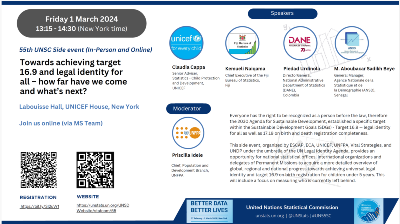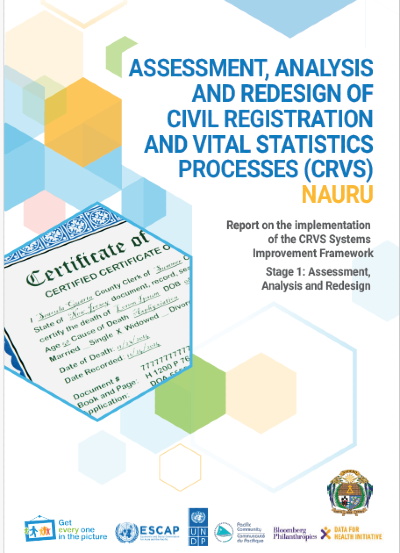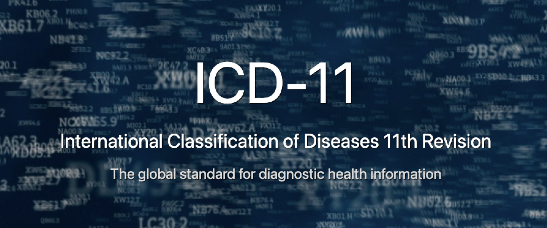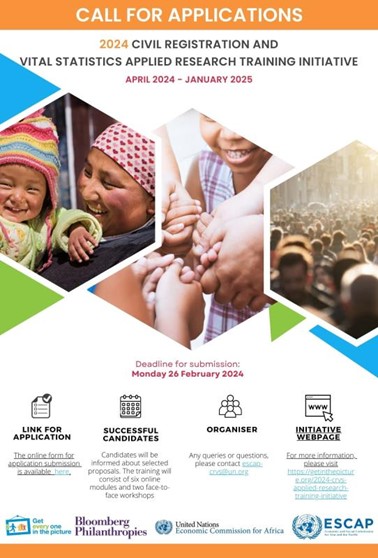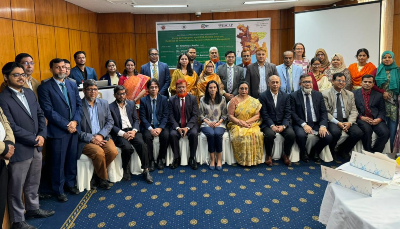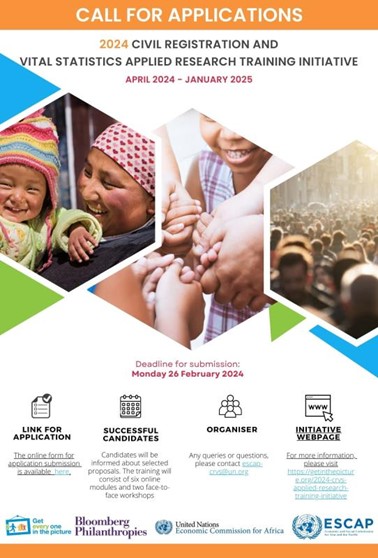(Newsletter April 2023)
A recent New York Times Magazine article highlights that tallying births and deaths is one of the most needed public-health measures in many parts of the world. The article discusses the case of a Columbian family, unable to treat their child in a hospital facility due to the absence of a civil identification or registration number. In Colombia and other countries, birth and death registration is especially spotty in Indigenous and hard-to-reach communities. This situation prevents families from accessing the rights and benefits of citizenship.
The article also stresses that because many low- and-middle-income nations do not have well functioning systems for CRVS, about one-third of all births and a vast majority of deaths are not being counted globally. Rather than developing those systems, health officials need to rely on surveys, censuses and computer models that provide only crude estimates of specific illnesses. The article makes the case for the need to have effective CRVS systems in order to draw a more accurate picture of the situation.
Although difficulties persist in many countries, the article notes that progress is nonetheless being made. For instance, in Bangladesh, the national government has created a cabinet-level office devoted to building a modern civil registration and vital statistics program. In Colombia, a new central computerized system will soon make it far easier to vital event data into statistics that can be used to guide health policy. Verbal autopsy initiatives are also taking root and mobile technology is increasingly being employed in those countries and elsewhere.



